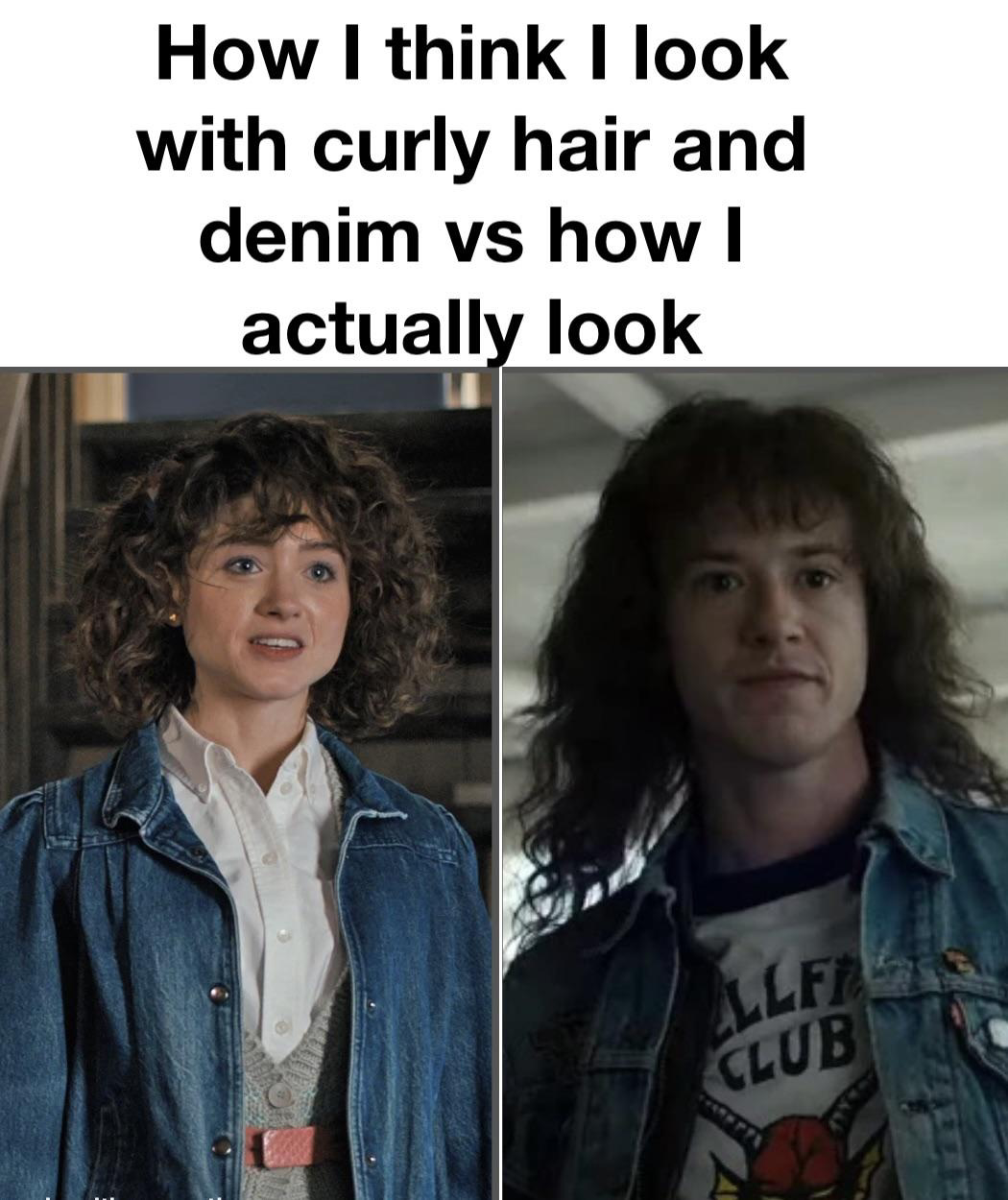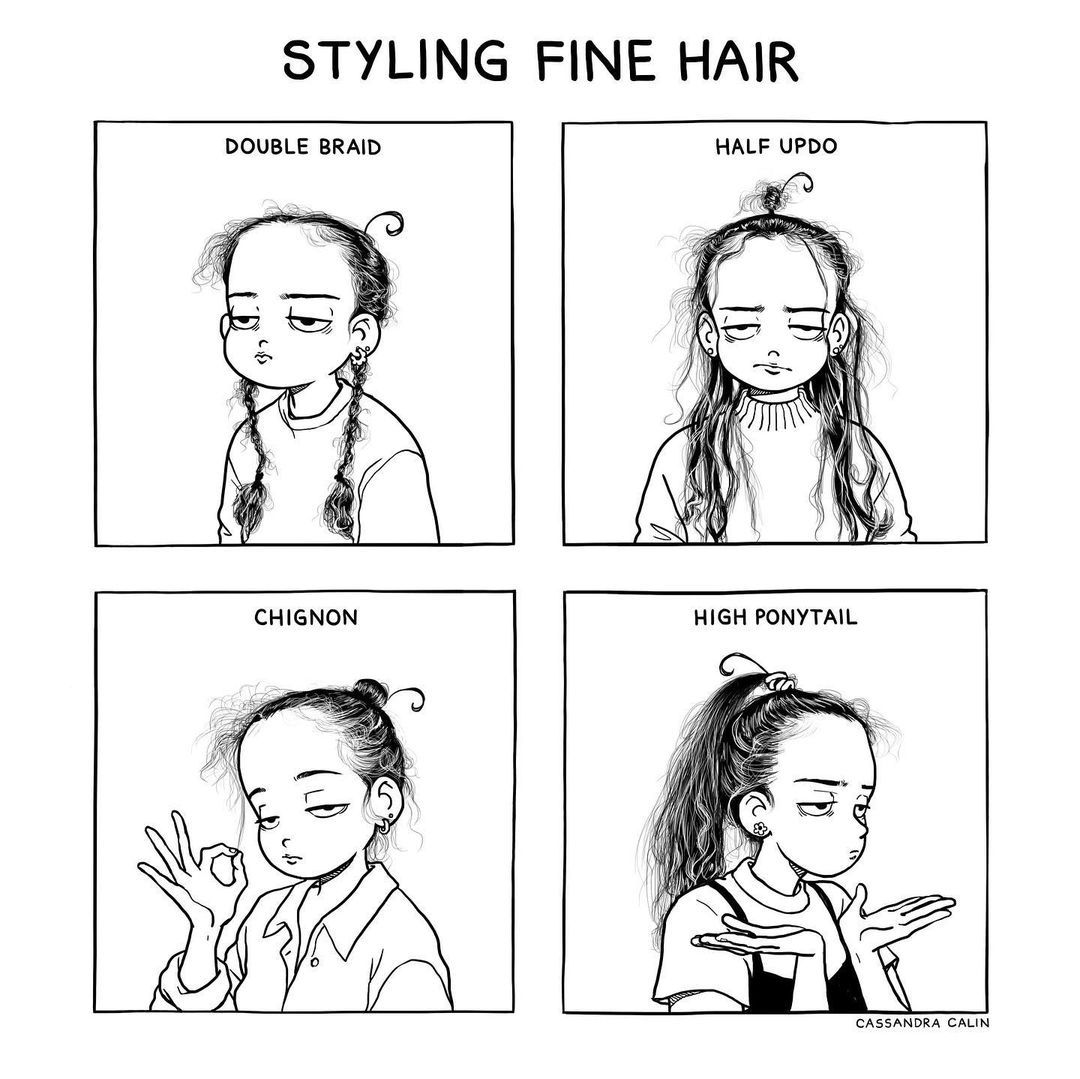The islands have different humidities. Oahu is much more dry than the big island and hardly rains, Maui has a dry side which is the side on fire now. It also rains more on the east side of the big island which is where you most likely visited. Hawaii has not changed as much as you imply.
Progressive web app, it's like adding an app from your internet browser. Kinda like a bookmark.
https://developer.mozilla.org/en-US/docs/Web/Progressive_web_apps/Guides/Installing
It sounds like you have contact dermatitis, you are allergic to the shampoo you were using. I'm not a doctor, but I am glad you are going to go see a doctor. In the meantime maybe some antihistamines and/or hydrocortisone over the counter at your local store can help.
Here's a health line article about scalp dermatitis.
There's also this blog here that talks about scalp conditions.
I'm pretty sure once the allergen has been eliminated that your hair and scalp will recover. It's probably not worth buying new products yet until the doctor can look at you but if you need products that are more friendly (fragrance free) to eczema and such in the future, there is vanicream/free and clear. Sorry this is happening to you. I had dandruff before and I thought that was really bad, a medicated shampoo prescribed by my doctor was able to clear it so I am hoping your doctor can do the same for you.
That's too pricy for me but good to know about.
Yeah if I didn't have curly hair, my hair would look flat and lifeless so always happy it's at least curly!
Saaame. I use a diffuser to try to help with volume and it doesn't take a long time to dry but I still would love a thicker mane.
I used to have higher density hair but now I'm struggling with it thinning. It was always fine tho. I would ask a doctor because it turned out I was anemic so I started adding more iron to my diet. I also added more protein shakes since I was also lacking in that department (I rarely eat meat, I've been trying to become vegetarian).
You can have some hair loss or even changes after having kids, mine was telegon effluvium from stress and possibly medication. I've heard of women going from straight to curly with the hormonal shift. Same with after chemotherapy. I'm not a doctor tho, they could give you better information.
I've thought about minoxidil but I wanted to talk to my doctor again about it before going that route. I dread the minoxidil dread shed. I've been using the ordinary hair density serum to help with the shedding, it kinda helps but could be better. I also microneedle my scalp once a week with a derma stamp at 1.5mm. On wash day I mix some rosemary oil with squalane oil and leave that on my scalp for a few hours before washing it off. As for multivitamins, I do take them but I'm not sure if they help. They only help if you are missing those vitamins in your body. I take a hair, nails, and skin vitamin, omega 3 6 9 vitamin, and vitamin d3.
Mine says connection reset by peer.
I use coconut oil with success but it is true that some people's hair reacts badly to it. I just quoted the video but maybe should have added a warning to the advice. It felt weird for me to correct a doctor lol
Coconut oil's "miracle ingredient" is medium-chain triglycerides, a variety of fat or oil. Human sebum (skin oils) only contains around 35% triglycerides in general, and far less (maybe 10-15%) are shorter to medium-chain triglycerides.
In addition to the somewhat unique medium-chain triglyceride content, coconut oil is also high in saturated fats (those which solid at cooler room temperatures). Saturated fats tend to penetrate hair well also. This is another characteristic of coconut oil which may create a problem for hair. The oils produced on our skin contain some triglycerides and saturated fatty acids. But not as much as coconut oil contains.
Coconut oil is so good at penetrating the hair because the medium-chain triglycerides are both small enough to seep between cuticles and they have polarity (a charge) that attracts them to the protein in your hair. Coconut oil is actively drawn to the inner portion of your hair whereas other oils need to seep through slowly. This is unlike most other plant oils. The saturated fats with short carbon chains can slowly soak in to hair as well. No wonder coconut oil can behave so strangely!
https://science-yhairblog.blogspot.com/2014/06/coconut-oil-makes-my-hair-stiff.html
I'll celebrate when we have universal healthcare, until then it's just bs to me.
CBD tampons, wtf am I reading. You shouldn't put random crap up your vagina, that's how you get infections. The pain is coming from the uterus anyway. I looked it up and there is little to no evidence they even work.
What happened to vlemmy.net? I'm OOTL, all I know is I can't login or reach the server.









Kona is on the big island, I'm not sure what you mean? It would surprise me if the big island caught on fire (not caused by lava) but it did not change so much in 20 years that wildfires happen on the east side of the big island. I never said the climate has never changed, I said it did not change as much as he implied. Areas with a lot of rainfall are not catching on fire. I checked your images and they confirm what I've been saying about the diversity of the islands. I think it's wrong to compare them that way, climate change is happening but not like that.
Btw I decided to ask my partner about this and wildfires in kona and kohala on the big island have been a worry for years, there's even signs posted.